We know plants need water to grow, but understanding when and how much they need can seem like a mystery only “green thumbs” can solve. We show how you how to make your own wicking bed.
Wicking beds are an innovative vegie bed irrigation solution. They minimise the watering challenge by creating a water reservoir that sits underneath the soil your vegies grow in.
A typical wicking bed has a waterproof lining in the bed, on top of which is a layer of small stones. The stones are then covered with water, landscaping fabric is laid on top and the soil goes on top of that.
There’s an inlet pipe and a special overflow setup that prevents the water level from rising up into the soil, which would compromise plant health.
The water below the soil layer literally wicks up into the soil, maintaining optimal soil moisture levels at all times (so long as you remember to occasionally top up the reservoir).
How do wicking beds work?
The reason these types of beds work is because of a remarkable characteristic of water: it can move against the pull of gravity using capillary action. Capillary action is water passing through the small spaces between other particles.
To see how this works, dip the corner of a dry paper towel in water and watch what happens. The water moves through the towel, even against gravity. This also happens through the wicking bed reservoir material and through our vegie bed soil.
What’s the catch?
Despite their many benefits, it’s worth knowing that wicking beds use more materials than a standard raised veggie bed, require extra attention to detail when installing and can be damaged (for instance by a tomato stake).
What you need to build a wicking bed
The key ingredients to a successful bed build are:
- A waterproof container, or a frame that can be made waterproof, ideally using food grade components;
- A liner (depending on the type of container);
- An inlet plumbing setup. For example, 25mm poly pipe the height of your bed, a barbed 25mm poly elbow, a short piece of 25mm poly pipe (about 20cm) and about 1 metre of 50mm perforated agricultural pipe (aggie pipe);
- An outlet plumbing setup. For example, 25mm tank valve, 25mm threaded female-male elbow and 25mm poly riser;
- Reservoir media;
- Geotextile fabric;
- Good quality soil.
So how do you actually make a wicking bed?
In Issue #11 of Pip Magazine, we reveal everything you need to know about making your own wicking bed, including:
- An easy-to-follow step-by-step guide to building your own wicking beds.
- The downsides to these types of vegie beds that you should keep in mind.
- Troubleshooting advice.
- Plus, we reveal which crops do not really thrive in wicking beds.
You can access this article online here as part of our digital subscription offering, or subscribe to the print version of Pip Magazine here.

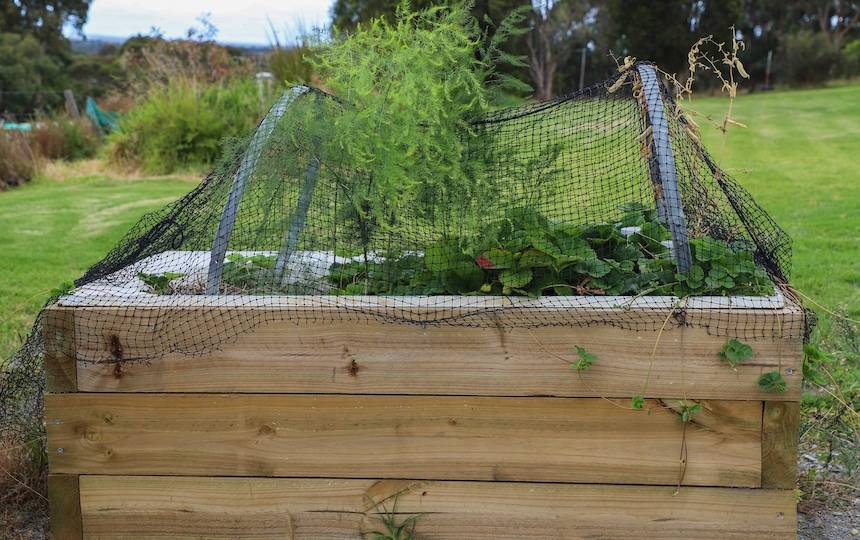
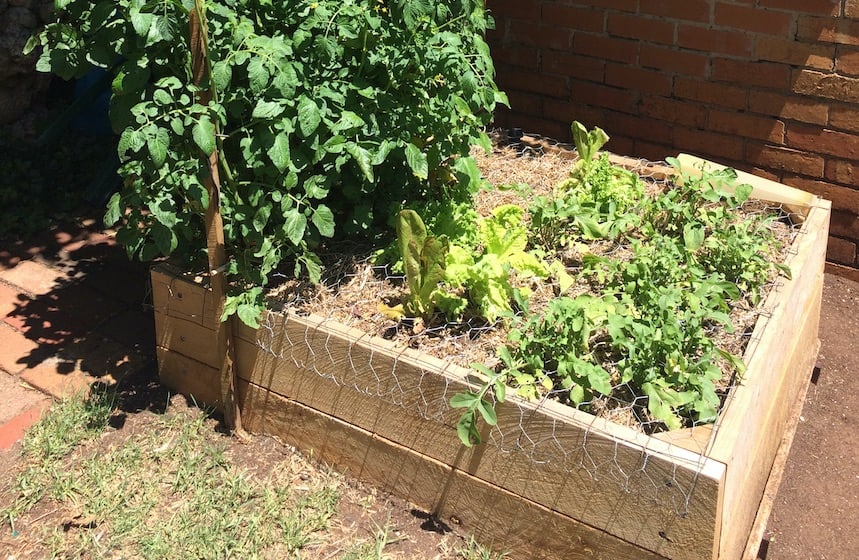
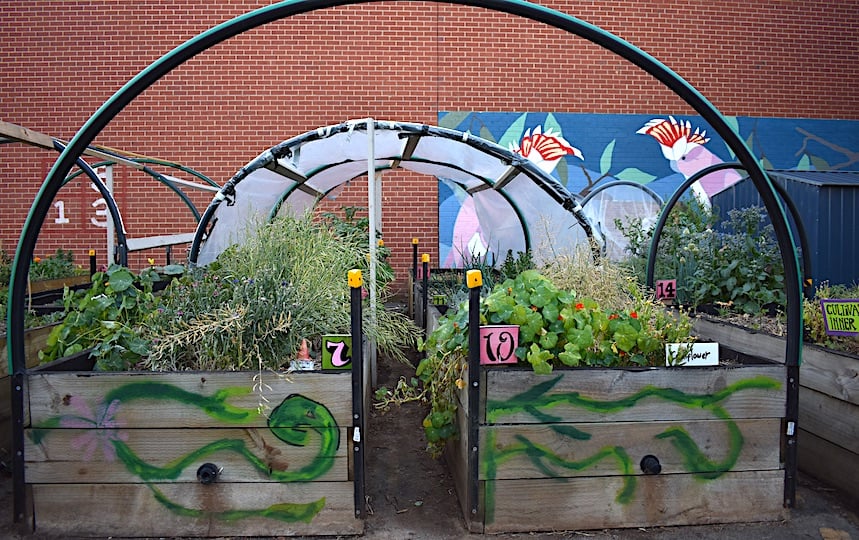
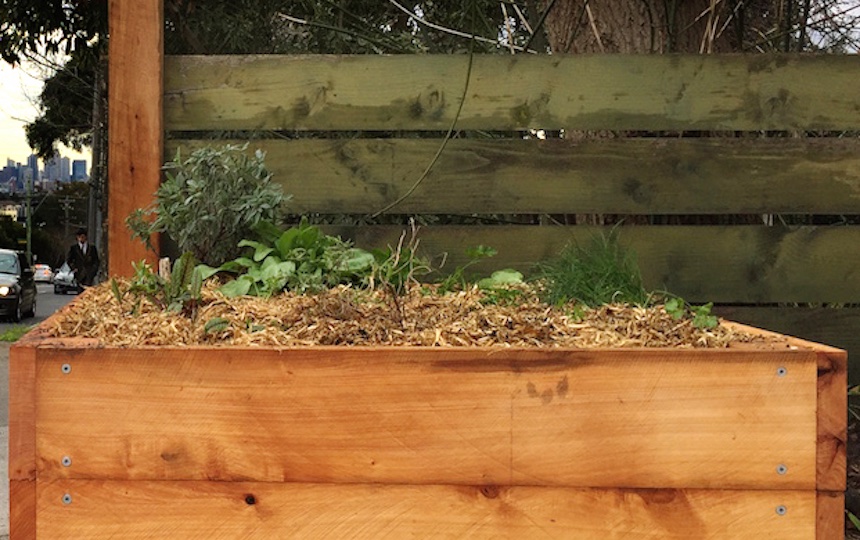
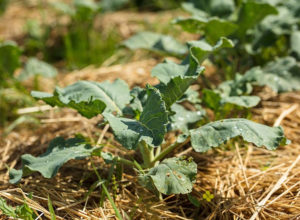
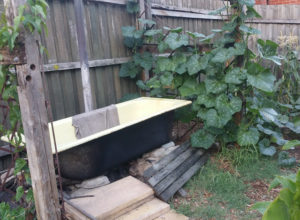
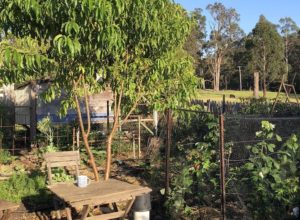
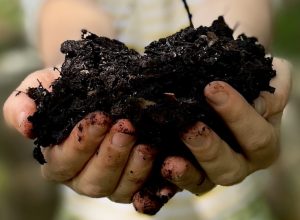




[…] recycled by directly taking it to a specialised facility. But it can be handily reused at home in wicking beds, cold frames, eskies and for […]